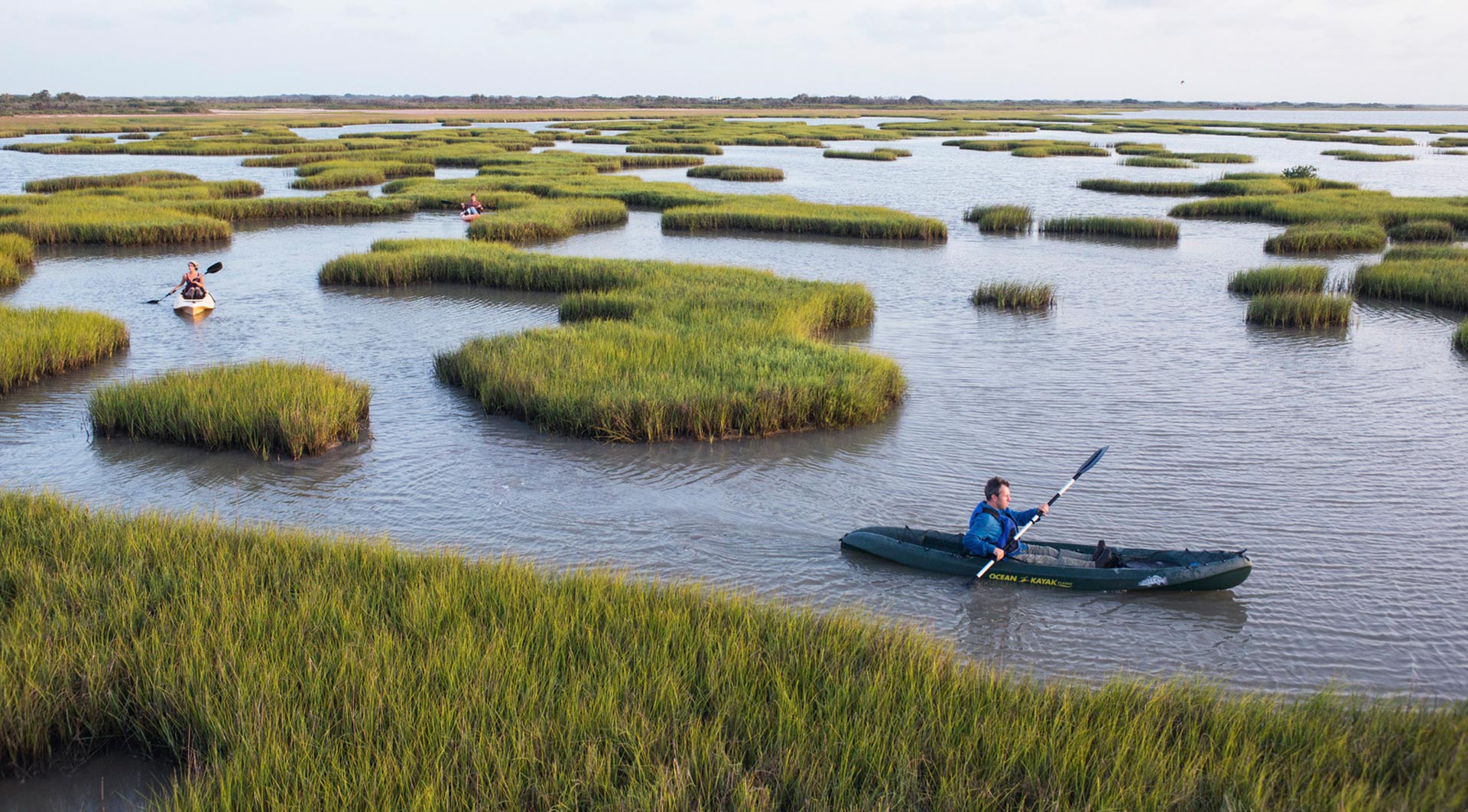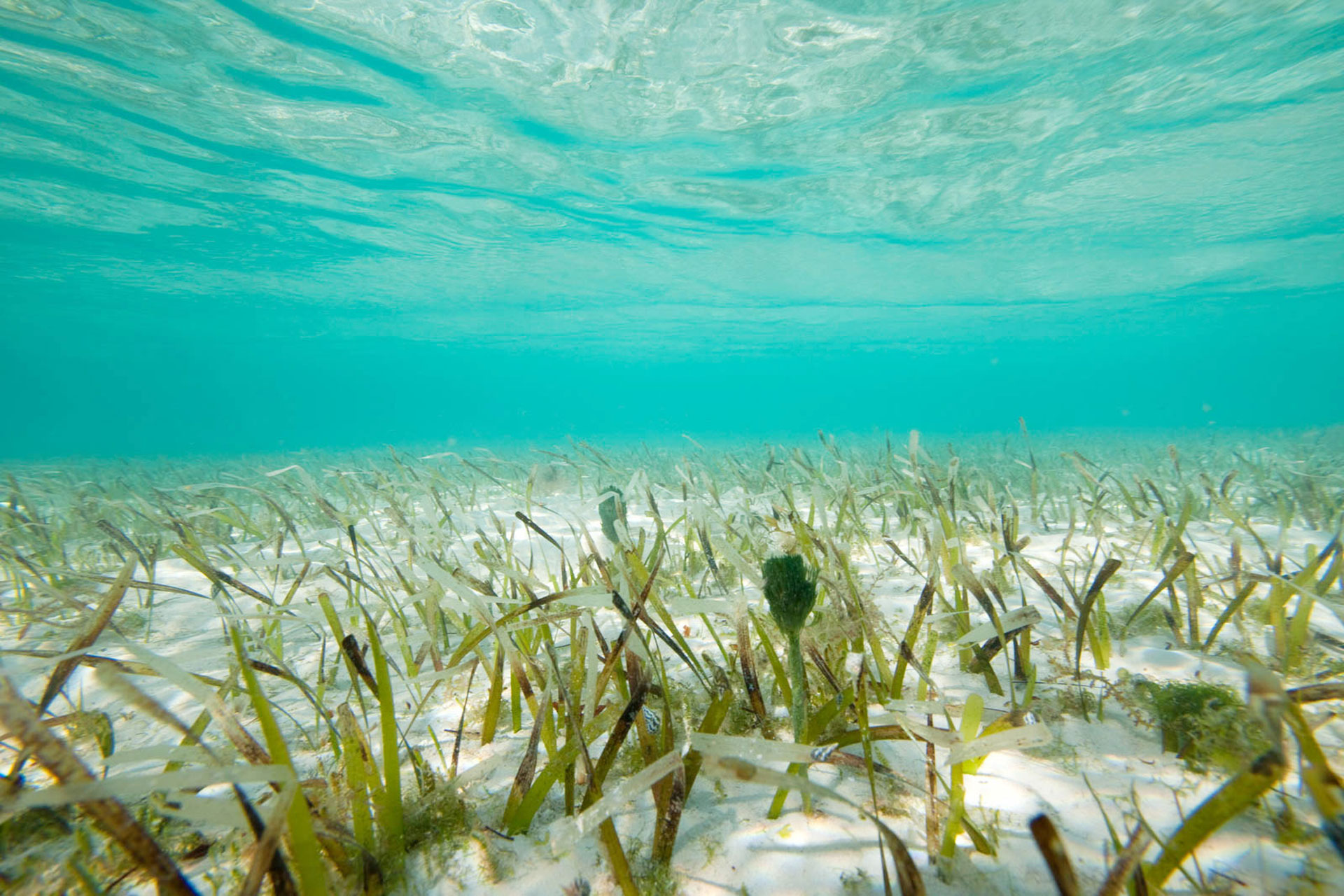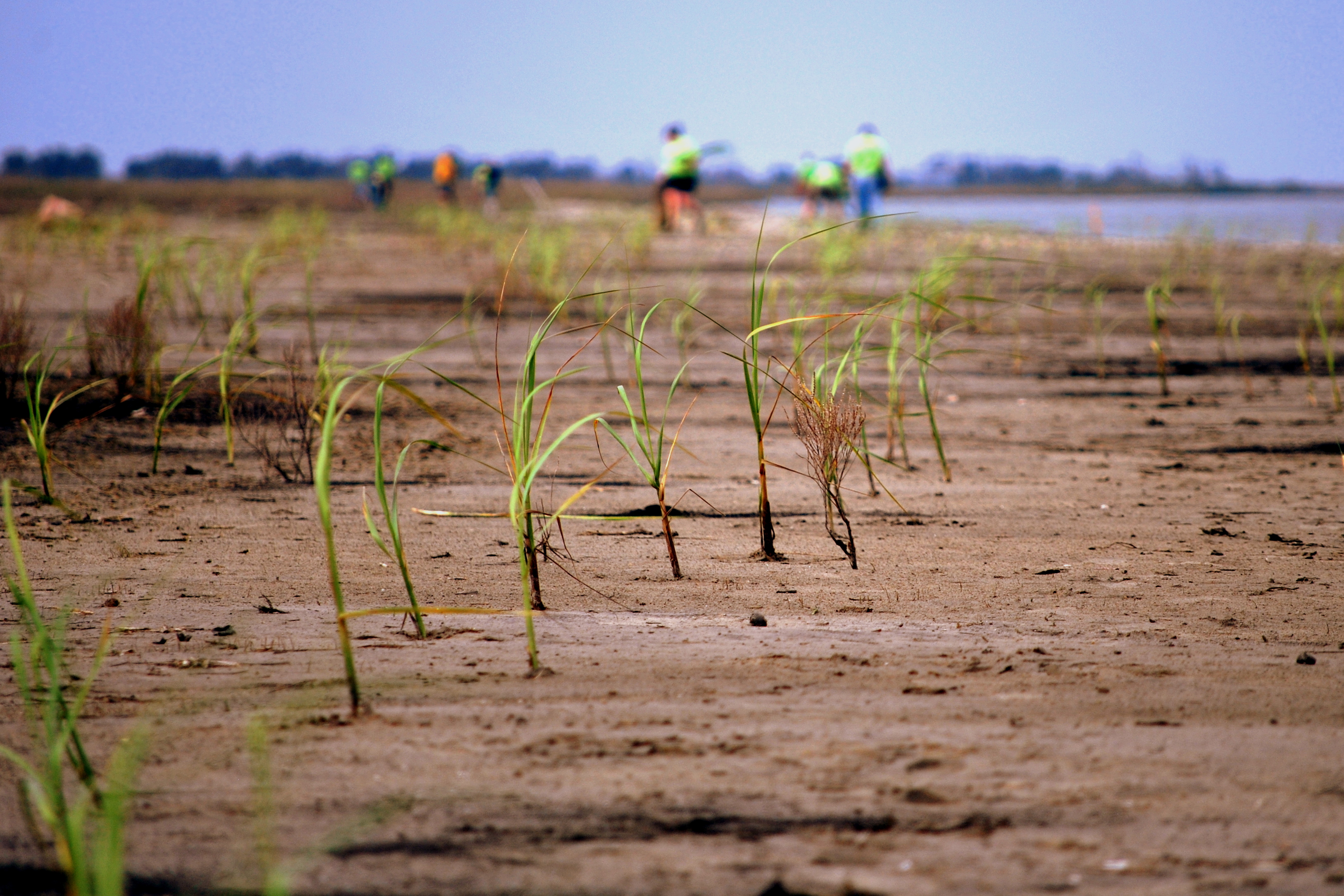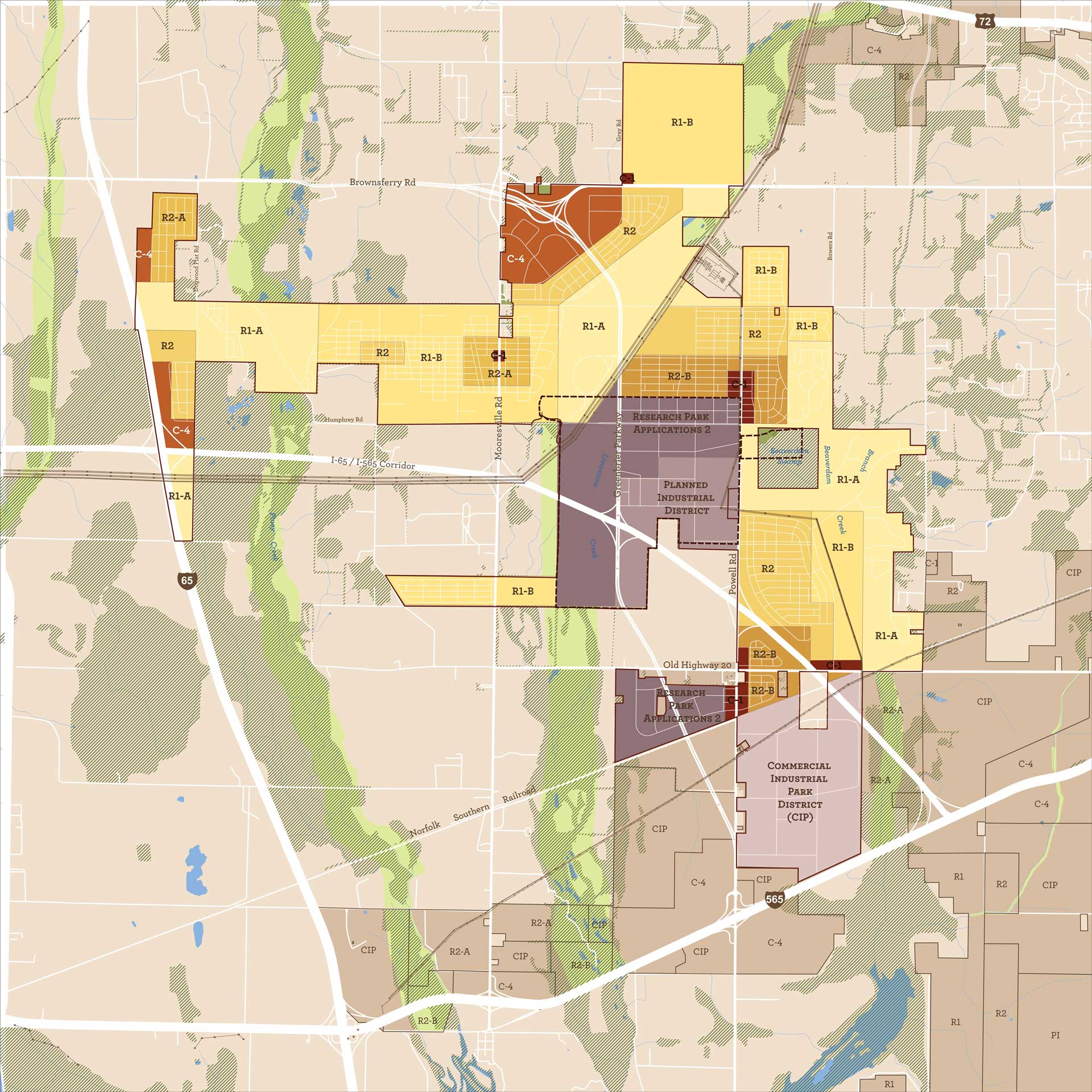Conservation of Posidonia Oceanica Meadows, Andalusian Mediterranean Sea, Spain
Challenge: Seagrass meadows are a key underwater ecosystem that provides a multitude of ecosystem services including support to fisheries, coastal protection, and climate change mitigation. However, the extent of seagrass meadows is dramatically decreasing as a result of increasing sea temperatures, sea level rise, alteration of ocean pH, more frequent storms, and anthropogenic activities. It has been estimated that one-third of the European seagrass meadows have been lost between 1869 and 2016, especially during the 1970s and 1980s. With this loss of this habitat, there is also a loss of the valuable ecosystem services these seagrass meadows provide.
Project Details
- Location: Andalusian Mediterranean Sea, Spain
- Population: more than 1 million inhabitants
- Strategies: Seagrasses; Restoring Coastal Features; Planning Approaches to Reduce
Natural Hazards - Cost: € 3,562,125
- Benefits: biodiversity conservation and restoration, coastal protection
Overview/History: Posidonia oceanica are of particular interest in Europe as it is an endemic species predominantly located in the Mediterranean Sea. Since the 1960s, the extent of this species in the Mediterranean has declined by up to 50%. Some of the threats affecting this ecosystem include bottom trawling, water pollution, competition with invasive species, and sand extraction from seabeds. The EU LIFE+ Posidonia Andalusia project was implemented in order to secure the conservation status of Posidonia oceanica meadows, defined as a priority conservation habitat in the Annex 1 of the EU Habitats Directive, in the Andalusia region (Southern Spain). Preserving the conservation status guarantees the survival of habitats and species in the medium to long-term by securing enough space and quality of habitats, and by preserving species population size. The project is focused on seagrass meadows located within Sites of Community Interest (SCIs), defined as sites that substantially support the maintenance or restoration of the conservation status of habitats listed in Annex I and/or species listed in Annex II of the EU Habitats Directive.
Solution: Several conservation measures were implemented to secure the conservation status of seagrass meadows in Andalusia. The first step towards this goal was to map the habitat extent, which included 27,022 ha of Posidonia meadows. Furthermore, a comprehensive monitoring network was created with standard methodologies to facilitate the assessment of relevant features in seagrass meadows. Such monitoring highlighted the diversity of species present in the seagrass meadows and the importance of protecting them.
After an initial assessment, the project implemented actions to reduce possible degradation sources such as anchoring, trawling and the presence of other non-native species (i.e., alien species) as well as impacting the ability of this habitat to reduce risks to shorelines . In order to address free anchoring, ecological mooring buoys were installed, and awareness campaigns informed about the negative impacts on seagrass meadows of irresponsible anchoring. Furthermore, artificial reefs were deployed in two SCIs aiming at reducing the impact of trawling. Although these measures were very effective, the actions to eliminate alien species were not because their populations had already expanded beyond control at that stage. This example also demonstrates the importance of early action to control invasive species.
In order to secure the maintenance of the conservation status, long-term management plans were also developed for each section of the project. Other actions included dissemination of materials to increase awareness about seagrass conservation and stakeholder engagement through meetings with local communities to support management plans that reflected the local socio-economic context. The emphasis on community outreach and education amongst key user groups of areas providing NbS is a critical component of successful efforts like this case study.
Funding/Financing: The total cost of the project was 3,562,125 €. Around 70% of the cost was funded by the EU LIFE+ program.
Benefits: The main benefit associated with the EU LIFE+ Posidonia Andalusia project is the conservation and restoration of ecosystem services related to seagrass meadows, including carbon sequestration and fish biodiversity enhancement. This project also resulted in benefits related to greater awareness and education amongst user groups and the general public about the benefits of seagrass meadows including their ability to reduce risk to shoreline communities. Although monitoring results were not identified, research indicates that seagrass meadows are likely to offer coastal protection features as well. Such protection is not uniformly distributed amongst meadows, and key physical and biological aspects affecting it include plant stiffness, standing biomass and plant density.
References:
Population of Costa del Sol (Málaga province). Source: https://doi.org/10.3390/su11133539
Conservation of Posidonia oceanica meadows in Andalusian Mediterranean Sea. Source: https://webgate.ec.europa.eu/life/publicWebsite/index.cfm?fuseaction=search.dspPage&n_proj_id=3829
Recent trend reversal for declining European seagrass meadows. Source: https://doi.org/10.1038/s41467-019-11340-4
Posidonia LIFE Project. Source: http://lifeposidonia.caib.es/user/index_en.htm
Conservation of Posidonia Oceanica meadows in Andalusia coast. Source: https://www.iucn.org/regions/mediterranean/projects/completed-projects/conservation-posidonia-oceanica-meadows-andalusia-coast
Project videos. Source: https://lifevideos.eu/videos/?id=LIFE09_NAT_ES_000534_01_ES_SPECI.mp4
Presentations of the first workshop on seagrass meadows. Source: http://www.uicnmed.org/projects/documentationplatform/6
Presentations of the second workshop on seagrass meadows. Source: http://www.uicnmed.org/projects/documentationplatform/3
The Natura 2000 protected areas network. Source: https://www.eea.europa.eu/themes/biodiversity/natura-2000#:~:text=Natura%202000%20is%20a%20network,on%20land%20and%20at%20sea.



